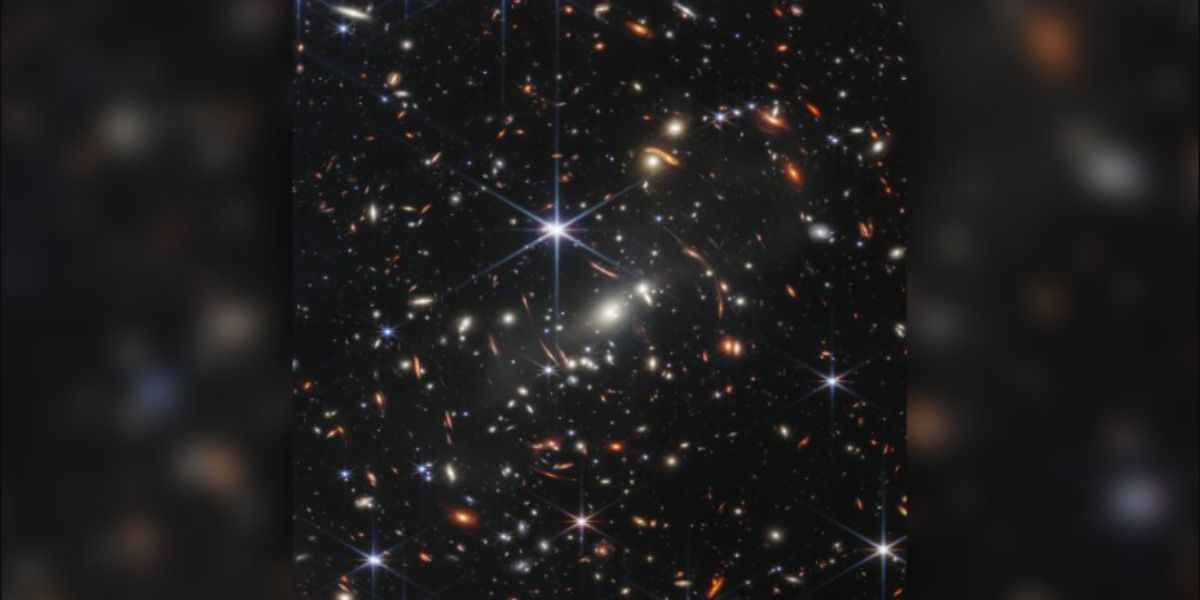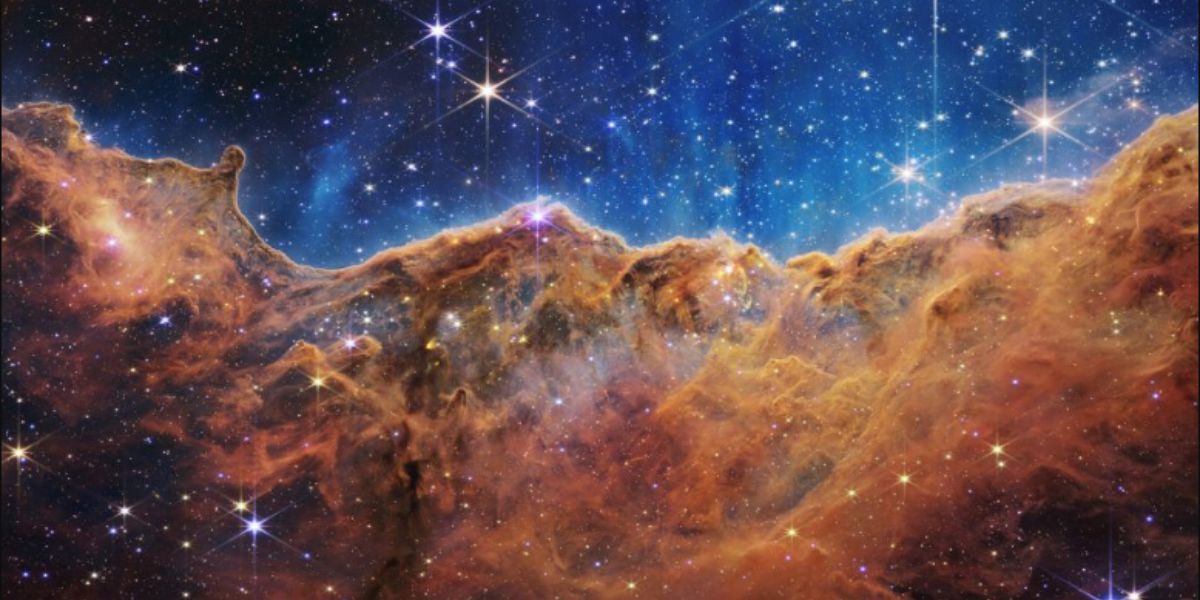In the ever-changing world of technology and retai...
news-extra-space

 NASA's James Webb Space Telescope has produced the deepest and sharpest infrared image of the distant universe to date. Known as Webb's First Deep Field, this image of galaxy cluster SMACS 0723 is overflowing with detail.[/caption]
It takes time for whatever light you see to get to your eyes, whether it's the glow from your desk lamp a few feet away or the twinkle of far-off stars. Fortunately, light travels at an incredible speed of about 670 million miles per hour (1 billion kilometers per hour), so you won't see it moving from, say, the desk lamp to your eyes.
The majority of objects in the night sky are millions or billions of miles away, so when you look at them, you are actually witnessing light that has come a very, very long way to reach you.
[caption id="attachment_41481" align="aligncenter" width="1200"]
NASA's James Webb Space Telescope has produced the deepest and sharpest infrared image of the distant universe to date. Known as Webb's First Deep Field, this image of galaxy cluster SMACS 0723 is overflowing with detail.[/caption]
It takes time for whatever light you see to get to your eyes, whether it's the glow from your desk lamp a few feet away or the twinkle of far-off stars. Fortunately, light travels at an incredible speed of about 670 million miles per hour (1 billion kilometers per hour), so you won't see it moving from, say, the desk lamp to your eyes.
The majority of objects in the night sky are millions or billions of miles away, so when you look at them, you are actually witnessing light that has come a very, very long way to reach you.
[caption id="attachment_41481" align="aligncenter" width="1200"] This landscape of "mountains" and "valleys" speckled with glittering stars is actually the edge of a nearby, young, star-forming region called NGC 3324 in the Carina Nebula.[/caption]
Consider the sun as an example. The distance between Earth and its star is typically 93 million miles (150 million kilometers). Accordingly, the time it takes for light to reach Earth from the sun is 8 minutes and 20 seconds. In other words, when you stare at the sun, you are actually looking 8 minutes into the past rather than at it as it is right now (although you should never look directly at the sun).
Since the speed of light is crucial to astronomy, scientists prefer to measure vast distances in space in light-years rather than miles or kilometers. Light may cover approximately 5.88 trillion miles (9.46 trillion km) in a year or one light-year. For instance, Polaris, the North Star, is around 323 light-years away from Earth. You are always viewing light that is more than 300 years old whenever you look at this star.
Therefore, you can travel across time without even using a fancy telescope; all you need are your own unaided eyes. But astronomers require telescopes like JWST to peer really far into the past (like back to the beginning of the cosmos). JWST is able to detect light at wavelengths that are unseen to the human eye, such as infrared waves, in addition to focusing on distant galaxies to view visible light from millions of light-years away.
This landscape of "mountains" and "valleys" speckled with glittering stars is actually the edge of a nearby, young, star-forming region called NGC 3324 in the Carina Nebula.[/caption]
Consider the sun as an example. The distance between Earth and its star is typically 93 million miles (150 million kilometers). Accordingly, the time it takes for light to reach Earth from the sun is 8 minutes and 20 seconds. In other words, when you stare at the sun, you are actually looking 8 minutes into the past rather than at it as it is right now (although you should never look directly at the sun).
Since the speed of light is crucial to astronomy, scientists prefer to measure vast distances in space in light-years rather than miles or kilometers. Light may cover approximately 5.88 trillion miles (9.46 trillion km) in a year or one light-year. For instance, Polaris, the North Star, is around 323 light-years away from Earth. You are always viewing light that is more than 300 years old whenever you look at this star.
Therefore, you can travel across time without even using a fancy telescope; all you need are your own unaided eyes. But astronomers require telescopes like JWST to peer really far into the past (like back to the beginning of the cosmos). JWST is able to detect light at wavelengths that are unseen to the human eye, such as infrared waves, in addition to focusing on distant galaxies to view visible light from millions of light-years away.
Leave a Reply






